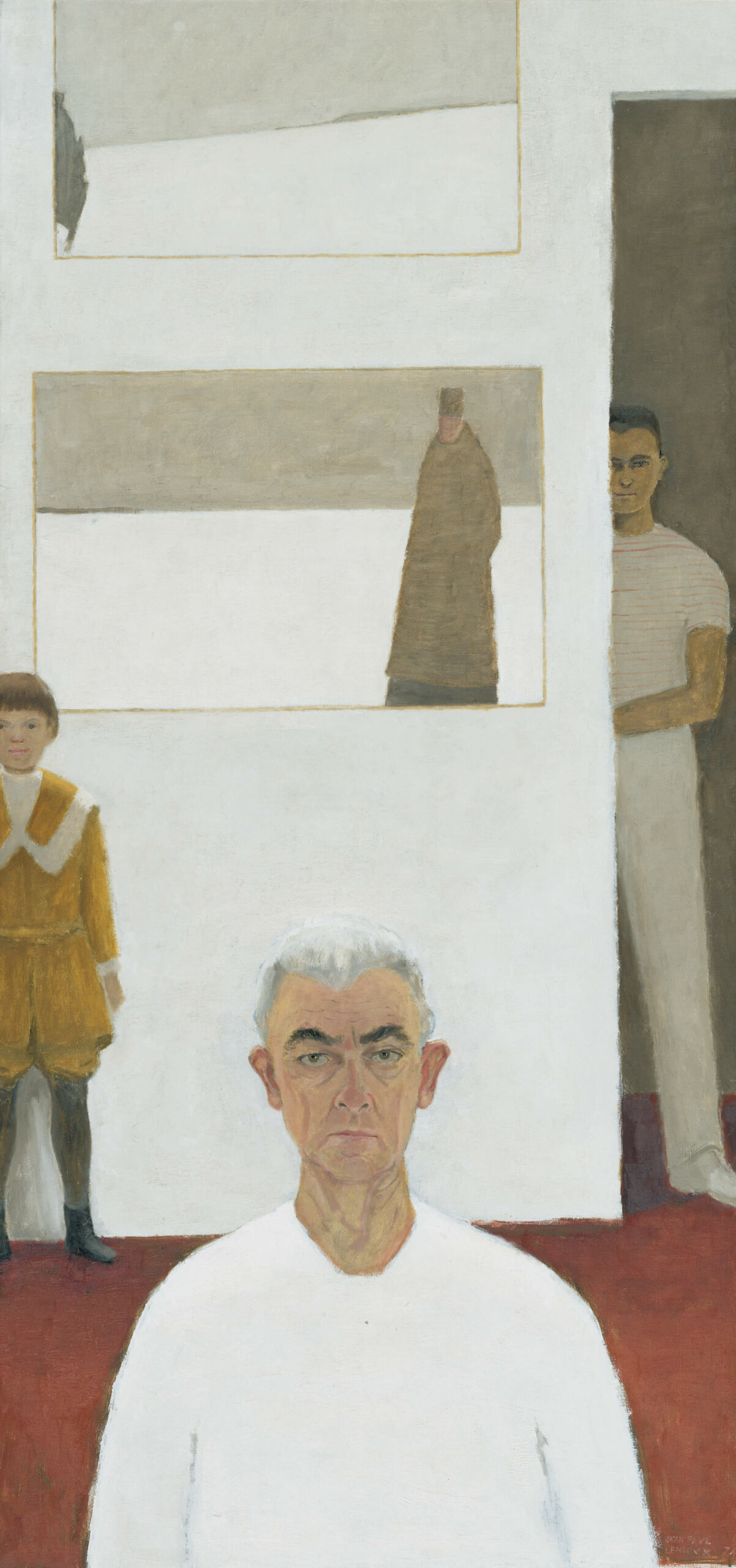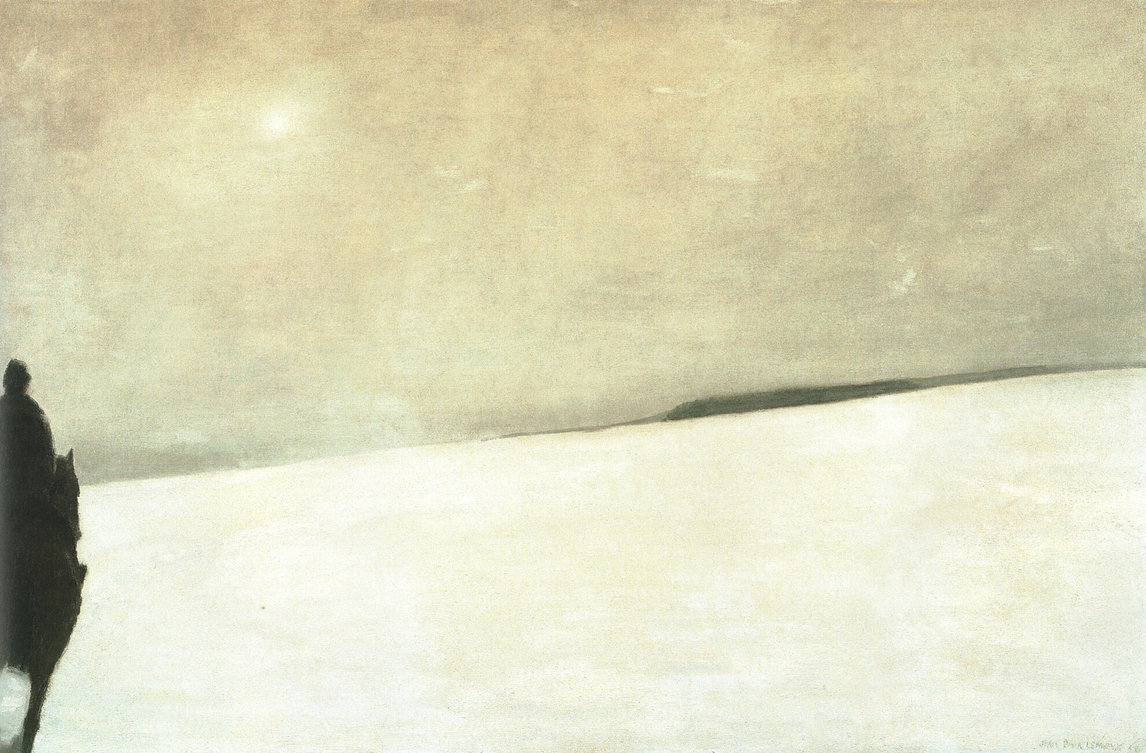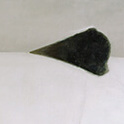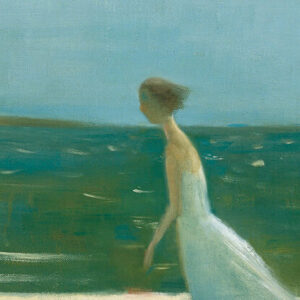Self-Portrait 1974

Jean Paul Lemieux, Self-portrait (Autoportrait), 1974
Oil on canvas, 167 x 79 cm
Musée national des beaux-arts du Québec, Quebec City
Jean Paul Lemieux was seventy years old when this canvas was painted, in 1974. It is his only true self-portrait, although during his primitivist period (1940–1946) he did include in his work his own image several times, notably in Portrait of the Artist at Beauport-Est (Portrait de l’artiste à Beauport-Est), 1943, and Corpus Christi, Quebec City (La fête-dieu à Québec), 1944. in 1962 he painted himself as a child in his well-known 1910 Remembered; three years later he did so again in Summer of 1914 (L’été de 1914), 1965. both of these works have become icons of his classic period (1956–1970).

Self-portrait documents the stages of the old painter’s life. With his back turned to the past, Lemieux looks out toward the spectator, and in his face we read all the loneliness of a man who sees time flowing inexorably away. Childhood, adolescence, and old age are seen here as they might appear in an image d’Épinal. The pictures placed against the white wall evoke earlier times in his life. The Evening Visitor (Le visiteur du soir), 1956, and Rider in the Snow (Le cavalier dans la neige), 1967, bear witness to the achievement of lemieux’s artistic maturity. they appear as part of his biography, as players in their own right.
The powerful evocation of time and the painter’s insistent “summons” to the viewer in Self-portrait are created by a carefully balanced combination of formal elements. The dark-red floor contrasts sharply with the lighter backdrop. The figures face front. Their bodies are cut in half by the walls and frames. The viewer’s own reactions are sharpened by the presence of pictures within the picture and by these beings who transcend time and space.

 About the Author
About the Author
 More Online Art Books
More Online Art Books
 Acknowledgements
Acknowledgements